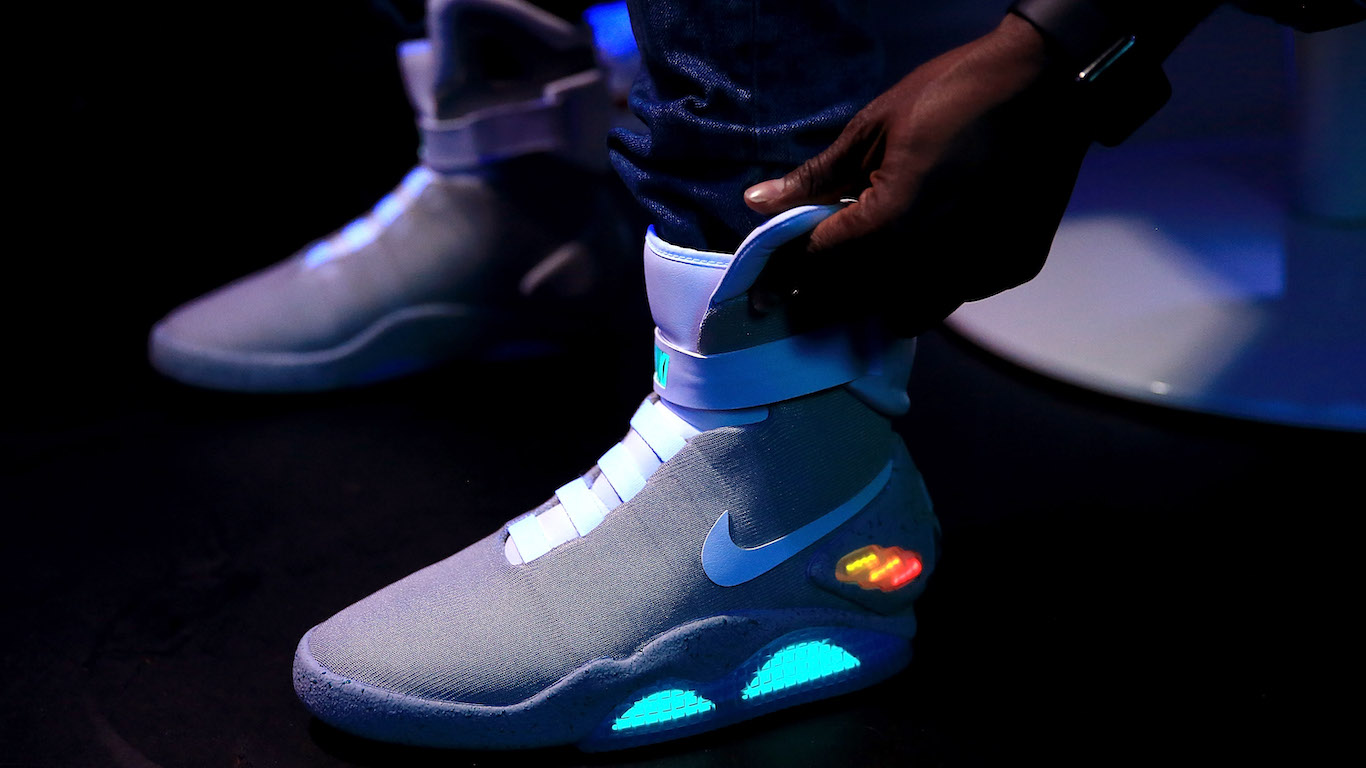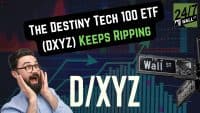When it comes to returning capital to shareholders, companies generally choose to pay dividends or to start share buyback plans. Many companies do both, but the real question to ask is which method of returning capital is better for shareholders. Investors obviously love dividends, and they like high dividends and higher ones in particular. It actually turns out that if you just look at the exchange-traded funds (ETFs) covering stock buybacks ETFs and dividend ETFs, buybacks are winning for investors in 2013. The results are even more clear if you go back to the end of the recession. Furthermore, investors should understand that activist investors are frequently targeting share buybacks and dividends as well.
We compared the top domestic dividend ETFs against the one “stock buyback ETF” and the numbers were clearly in favor of the buyback ETF. We also chose to go back further, comparing our favorite ETF of each category (buybacks versus dividends) to see which is doing better through time against the other. All performance measures were made first from the last trading day of 2012 through the close on Tuesday, May 21, 2013. Other comparisons were made from year-end to year-end, based on the dividend-adjusted closing prices of each on the last trading day of each year.
The PowerShares Buyback Achievers (NYSEMKT: PKW) is the one “stock buyback ETF” that investors can easily purchase. The other mimic ETFs are thin in volume. The PKW has about $535 million in assets now, and its net expense ratio is 0.71%. This ETF of course has many dividend payers in the fund, but the focus on share buybacks lends credibility that it buys stocks that are buying back close to 5% of their float each year. The buyback ETF is actually up 22.8% so far in 2013.
SPDR S&P Dividend (NYSEMKT: SDY) ETF is our favorite ETF that focuses solely on dividends because it tracks the S&P High Yield Dividend Aristocrats Index, as it is composed of companies that keep raising their dividends through good times and bad. The SPDR version of the dividend ETFs has more than $12 billion in assets and a gross expense ratio of 0.35%. This ETF was up 21.4%, after adjusting for dividend payments year-to-date in 2013.
Just to keep things honest, we also went back to the other key domestic dividend ETFs and the PowerShares Buyback Achievers (NYSEMKT: PKW) gain of 22.8% so far in 2013 trumps all of these others:
- iShares has two key ETFs here for dividends: iShares High Dividend Equity (NYSEMKT: HDV) was up 19.0% so far in 2013, while the iShares Dow Jones Select Dividend Index (NYSEMKT: DVY) was up 18.1% so far in 2013.
- Vanguard also has two of these in dividends: the Vanguard Dividend Appreciation ETF (NYSEMKT: VIG) was up 17.1% so far in 2013, while the Vanguard High Dividend Yield Index ETF (NYSEMKT: VYM) was up 19.1% so far in 2013.
If you want to know about the dividend yields alone, here are the current dividend yields represented by each fund family: PowerShares Buyback ETF 12-month yield is 0.95% and the SPDR Dividend ETF is 2.66%. Now, what about the share performance through time since the end of the recession, comparing PowerShares Buyback Achievers (NYSEMKT: PKW) against the SPDR S&P Dividend (NYSEMKT: SDY) ETF?
- 2012: PKW 13.7% and SDY 11.6%
- 2011: PKW 6.7% and SDY 7.2%
- 2010: PKW 17.8% and SDY 15.5%
- 2009: PKW 31.2% and SDY 19.2%
One common investing theory is that investors should prefer dividends over stock buybacks and share repurchases. After all, buyback plans may be based on short-term share price decisions. Continually higher dividends are intended to signal that a company believes that it will have stable and/or growing earnings through time, regardless of the conditions of today. We have evaluated these before, but it is amazing that the math keeps holding in the bull market in favor of buybacks over dividends in all but one of the post-recession years.
Here we have the holdings of each ETF, to give a representation for the differences between dividend companies and those that also have both dividends and buybacks.
The #1 Thing to Do Before You Claim Social Security (Sponsor)
Choosing the right (or wrong) time to claim Social Security can dramatically change your retirement. So, before making one of the biggest decisions of your financial life, it’s a smart idea to get an extra set of eyes on your complete financial situation.
A financial advisor can help you decide the right Social Security option for you and your family. Finding a qualified financial advisor doesn’t have to be hard. SmartAsset’s free tool matches you with up to three financial advisors who serve your area, and you can interview your advisor matches at no cost to decide which one is right for you.
Click here to match with up to 3 financial pros who would be excited to help you optimize your Social Security outcomes.
Have questions about retirement or personal finance? Email us at [email protected]!
By emailing your questions to 24/7 Wall St., you agree to have them published anonymously on a673b.bigscoots-temp.com.
By submitting your story, you understand and agree that we may use your story, or versions of it, in all media and platforms, including via third parties.
Thank you for reading! Have some feedback for us?
Contact the 24/7 Wall St. editorial team.



